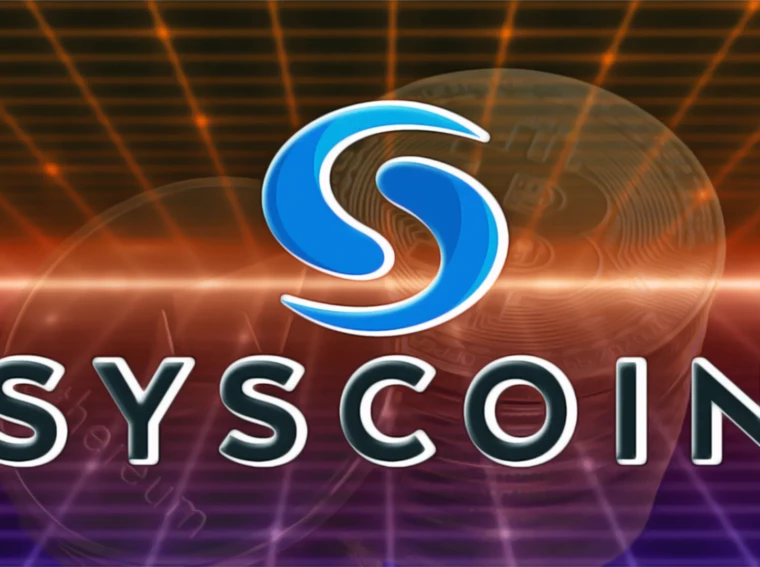- The Syscoin network resulted from a hard fork in Bitcoin and supports its own modified EVM layer.
- SYS is the native token of the network used for transaction fees and governance.
The challenges of scalability and network congestion have been major hurdles for blockchain networks, hindering their ability to compete with established traditional financial institutions. Scalability means the network could not handle the rise in network users. In other words, the network was designed considering such large users and now suffers.
The networks have failed to increase their capacity with the increasing transaction volume, which resulted in high gas fees and slower transaction time. However, the inherent features of smart contracts, Ethereum Virtual Machine (EVM), dApps, and Proof of Work (PoW) security, still hang several users in the tiring and burdening networks.
Introducing Syscoin
Syscoin is a unique blockchain network that combines the best features of Bitcoin and Ethereum. It utilizes the PoW consensus (from Bitcoin) for security and its version of EVM (from Ethereum) for creating smart contracts and dApps.
Launched in 2014 following a hard fork in the Bitcoin network, Syscoin is built on a dual-layer architecture: the underlying blockchain layer and the modified EVM layer known as the Network Enhanced Virtual Machine (NEVM) within the Sys ecosystem, facilitating the execution of smart contracts.
The hard fork resulted in the Syscoin blockchain performing merged mining with Bitcoin. This means that miners can engage in PoW operations on the Syscoin network while simultaneously mining Bitcoin and Syscoin at lower costs. Bitcoin’s massive hash power helps in network security and prevents any potential cases of 51% attacks.
The payments over the network are processed using a separate transaction layer called the Zero-Confirmation Directed Acyclic Graph (Z-DAG). The Z-DAG layer enables low gas fee transactions and supports an impressive throughput of 30,000 to 145,000 transactions per second (TPS) achieved through multithreading and workload distribution among available nodes.
Syscoin Platform Tokens (SPTs) allow users to develop non-fungible tokens (NFTs) over the platform, following a similar UTXO model used in Bitcoin and other cryptocurrencies. SPTs are secured through PoW which also prevents malicious cases of double spending. Moreover, the platform implements layering solutions similar to Bitcoin’s taproot update and lightning networks.
For decentralized governance, the Syscoin network relies on a unique decentralized autonomous organization (DAO) model called DAOSYS. It allows anyone to participate in the governance process, even if they do not hold DAO tokens. The DAO relies on an Autonomous Service Engine (ASE) to handle its treasury and funds. Users can deposit their assets in staking pools to provide liquidity to earn Treasury tokens, which in return will help them to receive interest.
The NEVM smart-contract execution layer invited developers to shift their projects of dApps, DeFi, Games, NFTs, and others from Ethereum to the Syscoin network. The network offers higher scalability and lower gas fees, making it ideal for developers and early-stage projects. Transactions are verified using zero-knowledge (zk) rollups, enabling parallel processing and achieving an impressive throughput of nearly 210,000 TPS.
Syscoin is continuously working on several projects to create an inviting place for developers. Luxy, a green, scalable, and cost-efficient multi-chain NFT marketplace, facilitates all actions related to NFTs, including minting, creation, auctioning, and selling. Luxy is also focussing on 3D assets to support Web3 games in the future.
Conclusion
Other prominent projects on the network include Pegasys, a DeFi protocol, and Pali Wallet, a non-custodial wallet. Syscoin’s latest announcement of the Rollux feature further enhances scalability and security through layer-2 rollups and the Proof of Data availability (PoDa) solution.

